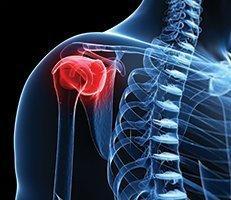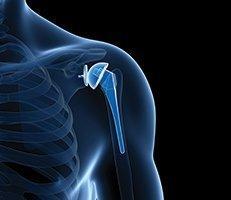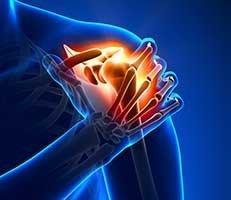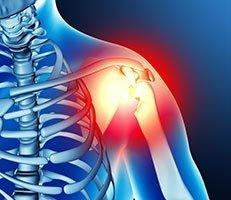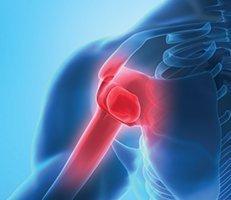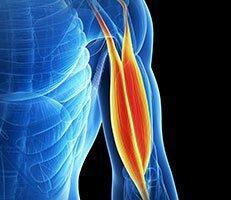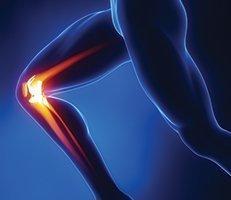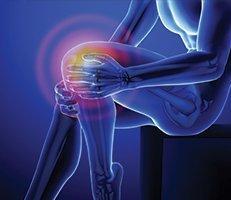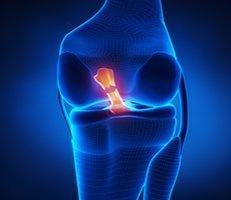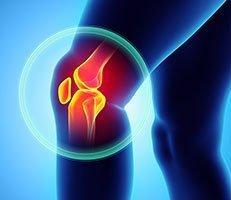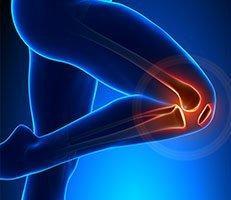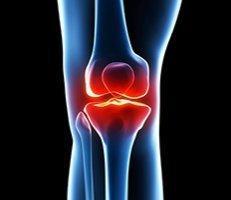The knee is a complex joint with many components, making it vulnerable to a variety of injuries. Many knee injuries can be successfully treated without surgery, while others do require surgery to correct. LA knee replacement expert Dr. Millstein and his staff explore all options with one goal in mind; to optimize results and minimize pain for the patient.
Do I Need Revision Knee Surgery?
An infected or dislocated knee prosthesis must be removed and replaced to prevent permanent damage. If you are experiencing stiffness, loss of mobility in the knee joint, or increasing pain, you may benefit from revision surgery. Below are five factors that have been identified as increasing your risk of needing surgery within two years of knee replacement surgery:– Age (young people tend to be more active, wearing out knee prostheses quicker)
– Age (young people tend to be more active, wearing out knee prostheses quicker)– Extensive hospital stay after the original knee surgery
– Extensive hospital stay after the original knee surgery– Concurrent diseases and disorders
– Concurrent diseases and disorders– Any type of arthritis
– Any type of arthritis– Surgical complications during the initial surgery
– Surgical complications during the initial surgery
How Does Revision Knee Surgery Work?
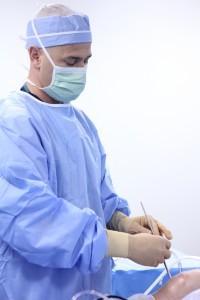
Luckily, thanks to the new and advanced technologies used by Dr. Millstein, knee revision surgery is a safe and effective way to restore the function of your joint.
Most knee revision operations take about three hours to perform, and are similar to knee replacement procedures. However, each surgery is different, and will depend on the problems the patient is having.
For a standard revision knee surgery, the knee joint is opened by cutting through the joint capsule, then the old femoral component of the knee prosthesis is removed. Once the metal shell has been removed, the damaged bone is scraped off and the femur is reshaped. After the new femoral component has been glued in place with bone cement, the old implant in the tibia is removed and the bone is reshaped to receive a new implant. In order for the femur to move smoothly over the tibia, a new plastic plate will be fastened to the tray at the top of the tibial implant. The tibial and femoral components are then fitted together, the kneecap is replaced, and the knee tendons reattached.
Revision Knee Surgery Results
As with knee replacement surgery, successful recovery depends on a combination of physical therapy, rehabilitation exercises, pain medication, and a period of home health care or assistance. For reasons that are unknown, the length of recovery varies greatly, with some patients taking longer to recover from revision surgery, while others recover faster than they did from the initial surgery.

